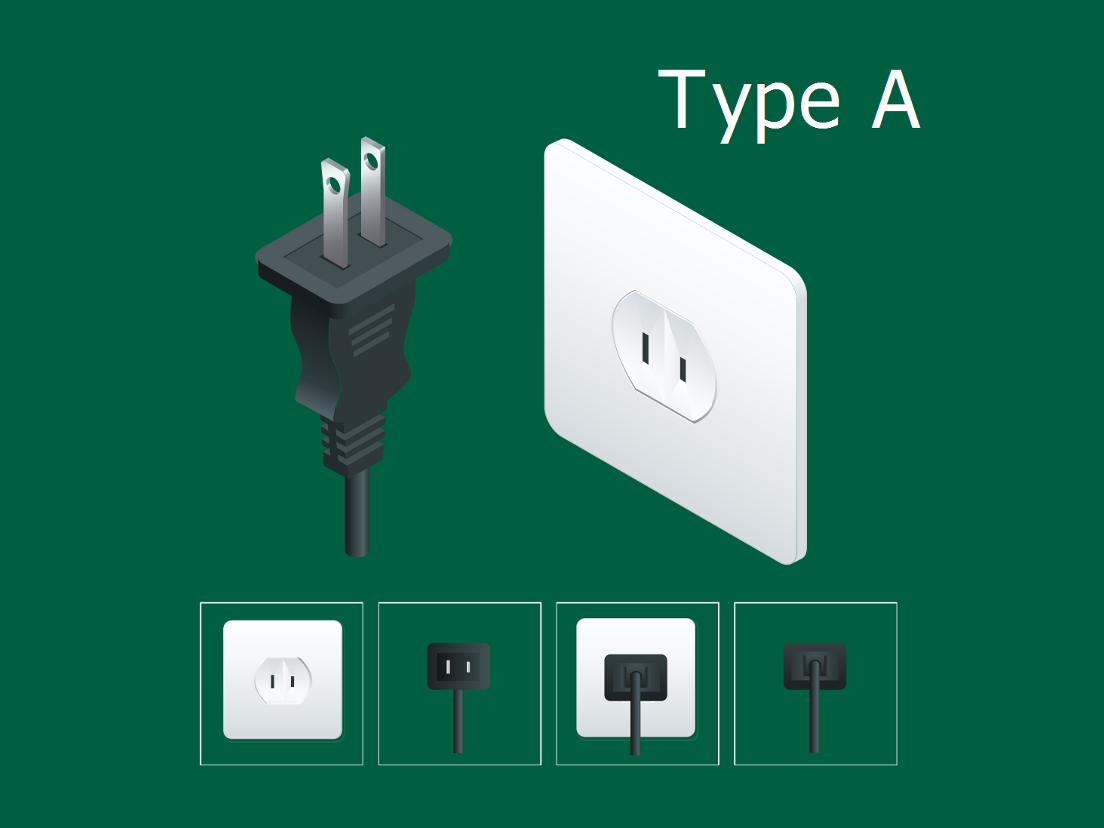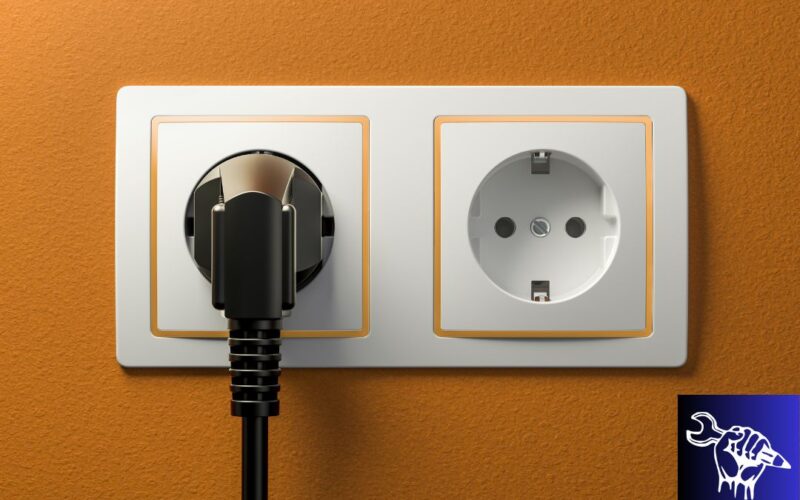The electric socket, a humble yet indispensable component of our daily lives, serves as the gateway to powering our appliances and devices. Originating in the early days of electrical engineering, this seemingly simple device has undergone numerous transformations to meet the ever-evolving demands of technology and safety. From allowing the operation of the first electric lamps to facilitating the charging of a myriad of modern gadgets, the electric socket has been a cornerstone in the utilization of electrical energy.
The Significance of Electric Sockets in Modern Life

In today’s electrified world, the significance of electric sockets is more pronounced than ever. They are the unsung heroes quietly powering our homes, offices, and public spaces, enabling a seamless integration of technology into our routines. The ubiquity of electric sockets underscores our reliance on electricity, acting as the interface between electrical infrastructure and the myriad of devices that shape our modern existence.
Their standardized designs ensure safety and compatibility, fostering innovation, and enabling the convenience and connectivity that characterize contemporary life. Reflecting on the history of the electric socket provides insights into its evolution and underscores its integral role in the advancement of society.
It might be interesting: How long does it take to build a house?
The Inception of Electric Sockets

As the late 19th century witnessed the burgeoning of electrical innovations, it became clear that a standardized method to access electrical power was imperative. The advent of the electric light bulb by Thomas Edison and others created an immediate demand for a system that could safely and efficiently connect these bulbs to the power source. Before the invention of dedicated sockets, rudimentary connections posed risks, and their non-uniformity made the widespread adoption of electric appliances cumbersome.
The First Designs and Inventions
The initial designs of electric sockets were simple and primarily focused on providing power to electric lamps. These early models were typically screw-based, where the bulb would be screwed directly into the socket, ensuring a secure connection. The design gradually evolved, with features like switches for controlling the flow of electricity, and varied pin configurations catering to different voltage and current specifications. With time, the sockets were no longer limited to lighting and began accommodating other appliances.
The Inventors Behind the First Electric Sockets

Several inventors and companies played a role in the development and refinement of the electric socket. Harvey Hubbell is a notable figure in this domain, having patented the first detachable electric plug in 1904. His design allowed for flexibility, as appliances with a plug could be easily connected or disconnected from the power source without any need for hardwiring. This invention laid the groundwork for the plethora of plug and socket standards that would be developed in subsequent years, ensuring safety and functionality in diverse electrical scenarios.
Every constructor should know that: pros and cons of resin flooring
Evolution of the Electric Socket
Over the years, the design of electric sockets has undergone significant changes aimed at enhancing safety and convenience. The introduction of grounding, insulation, and shutter mechanisms have greatly reduced the risk of electric shocks and short circuits. Furthermore, materials used in socket construction have evolved to incorporate durable, heat-resistant plastics, replacing earlier ceramic and metal models, thus ensuring longevity and safety.
The Development of Standardization
Variations in Socket Designs Worldwide The quest for standardization led to the development of numerous socket designs, each catering to the unique electrical specifications of different countries. Today, there are around 15 types of sockets globally, each designated by a letter (Type A, Type B, etc.), varying in pin shape, size, and configuration, as well as voltage and frequency.

The Reasoning Behind Different Standards The diversity in socket designs stems from historical, geographical, and technological factors. Early inventors and manufacturers developed systems that suited their immediate needs and environments, often leading to regional variations. As technology evolved and international trade expanded, attempts were made to standardize designs, but legacy systems and national preferences have resulted in the coexistence of multiple standards.
Technological Advancements and Innovations
The electric socket has not remained immune to the wave of technological innovation. The integration of USB ports, the development of smart sockets that can be controlled remotely via apps, and the incorporation of surge protection are all examples of how the humble electric socket continues to evolve to meet the demands of a digitally connected and convenience-oriented society. Advances in materials science have also played a part, enabling the production of sockets that are more durable, safer, and adaptable to different environmental conditions.
Summary
In summary, the electric socket, a seemingly mundane yet essential component of modern life, boasts a fascinating history marked by continuous evolution and innovation. Originating from a basic need to safely access electrical power, the design of sockets has undergone significant refinements, primarily aimed at enhancing user safety and accommodating various international standards.
The journey from the first designs to the diverse, standardized, and technologically advanced sockets of today highlights the adaptability and innovation inherent in this ubiquitous device. As we continue to witness advancements in technology and changes in user needs, the electric socket is likely to further evolve, reflecting the dynamic interplay between safety, convenience, and innovation.






